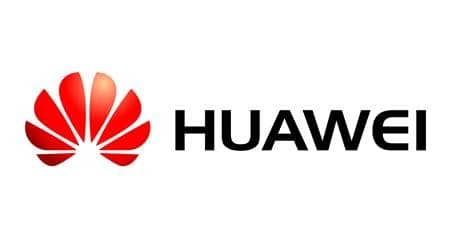Huawei and Qualcomm Technologies, this week announced the recent completion of their first LTE TDD Category M1/eMTC air interface call, showcasing a set of tests specifically for ModeA coverage enhancement, power saving capabilities and other basic functionality.
The testing took place at Huawei's TDD IOT laboratory in Xi'an R&D institute using Qualcomm Technologies' MDM9206 global multi-mode LTE Category M1/NB1 modem.
Cat M1 technology significantly improves the power efficiency and coverage of cellular connectivity for the Internet of Things (IoT), and enables field devices to connect directly to a 4G LTE network without the need of external cellular gateways. This test is an important industry milestone for LTE TDD Cat-M1/eMTC following major global efforts on technology development and verification, and it represents a major step towards commercialization of this technology.
Cat-M1/eMTC (enhanced Machine Type Communication) is an important, less complex variant of LTE focused on communications for IoT devices. The technology was specified in 3GPP Release 13 in Q1 of 2016 and designed for long battery life (up to 10 years for certain IoT devices), low-cost, extended coverage (approximately 15 dB gain compared to traditional LTE), and variable data rates up to 1 Mbps for peak throughput. 4G LTE base stations can support Cat-M1/eMTC through software upgrade.
With no requirements for additional spectrum bands or new hardware, operators can reuse their current sites, spectrum, radio resources and hardware resources to enable connectivity for virtually everything. In addition, Cat-M1/eMTC technology delivers the high data rates, mobility, position-location and support for voice (VoLTE) that is not possible to support with other low-power wide-area network (LPWAN) solutions.
Examples of Applications Well-suited for LTE Cat-M1/eMTC
- Elevators: Elevators can contain over 700 integrated sensors, which data can be reported through an LTE TDD Cat-M1/eMTC modem to the elevator management platform to help manage elevator safety. Huawei together with CMCC have trialed this application in Hangzhou, Chongqing, Shenzhen and Xi'an.
- Smart Bus-stop sign: Smart bus-stop signs can provide users with real-time information such as bus locations, weather forecast, public news and updates, advertising, video monitoring and even watch out for pedestrian safety. This application has been deployed on a large scale in Rizhao, China.
- Smart Logistics: This application utilizes the security-rich connectivity, ubiquitous coverage and mobility delivered using LTE TDD Cat-M1/eMTC to increase efficiencies and reduce costs for both shipment companies and their customers.




















